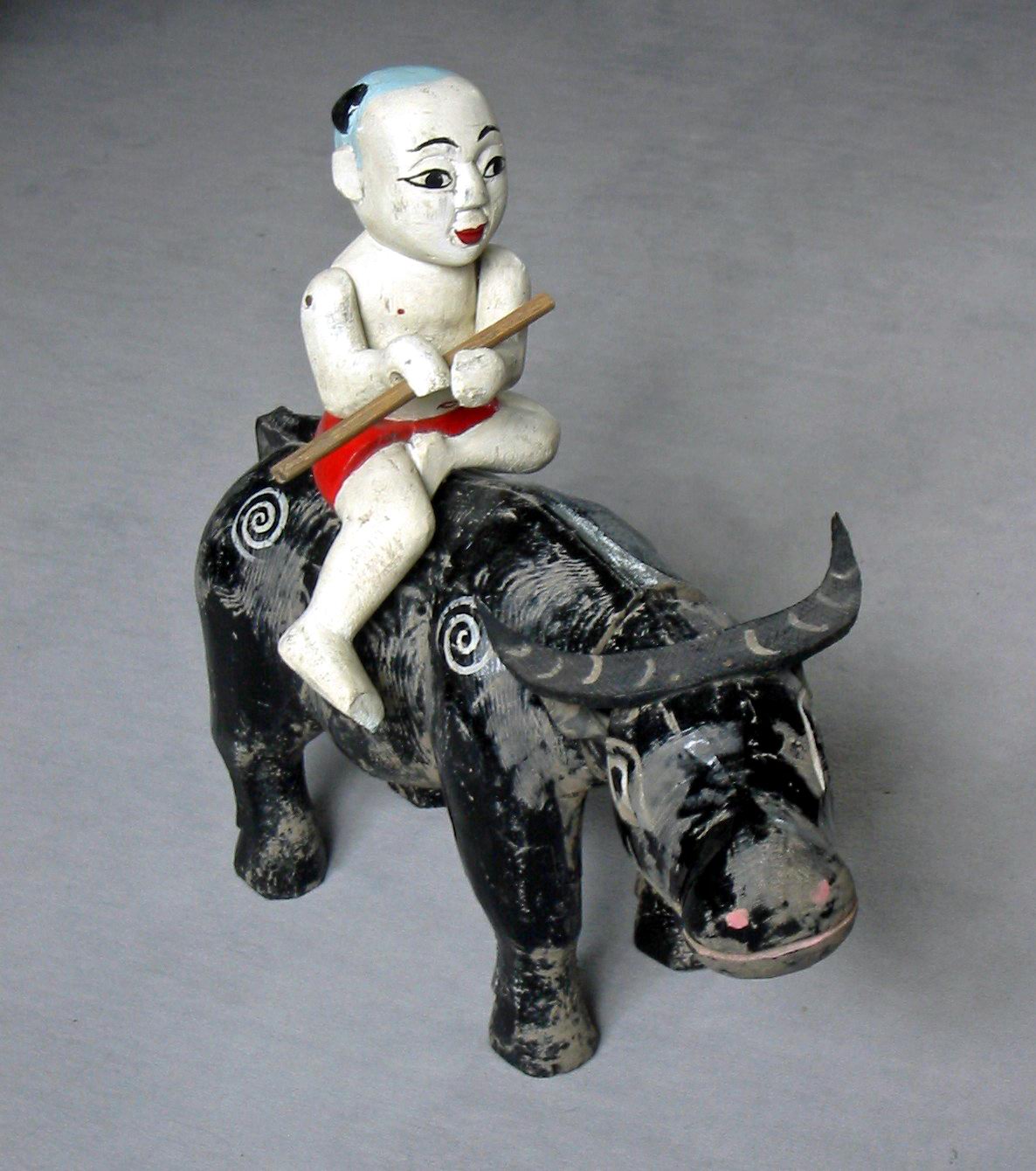From the time that Ceylon, now known as Sri Lanka, passed into British control in 1815, it was the place that British civil servants longed to be posted. The oblong island off the southeast coast of India had everything that a colonial administrator wanted: a settled population, a huge tolerance of religions, a prosperous plantation economy, and a great relationship between the British and the Sinhalese.
To this day, Sri Lankans speak well of the British colonial experience. They point out that only one life was lost in the 133 years of British rule: an Englishman was executed by the colonial government for conduct unbecoming.
The word that characterized Ceylon was peace. Its tropical climate was ameliorated by sea breezes. And in a relatively small geographic area, there was a feast of topography; deserts, forests, mountains, and plains added to the island’s charm.
Alas, Sri Lanka’s days of peace and plenty came to an end in the 1970s. That is when the ethnic Tamils in the north and the east began demanding their own homeland, and launched an undeclared civil war that has raged since then, costing tens of thousands of lives. The Sri Lankan government will tell you that Tamil atrocities, complete with the use of suicide bombings against civilians, rank with the worst on earth. The Tamils will tell you that the Sri Lankan military is as brutal as was the French military in Algeria.
Last week a ceasefire, brokered by Norway in 2002, was formally abandoned by the government in Colombo. In abandoning the ceasefire, the government was simply recognizing that it had never held, despite the peace-keeping efforts of the Norwegians.
The Sri Lankan conflict may be the first insurgency where the Internet has played an important role. Although the Tamils are proscribed as a terrorist organization by most nations, there are Tamil communities scattered around the world and these are accused of fanning the insurgency, arming, equipping and masterminding it through the Internet.
Sri Lankan officials told me that they are particularly distressed by the role played by Tamil supporters in faraway Canada and New Zealand. But fund-raising takes place globally, and the money is channeled into the southern Indian state of Tamil Nadu, just 19 miles off the coast of Sri Lanka.
While ethnic Tamils in India support the insurgents, known as the Tamil Tigers, the Indian government has been more ambivalent. In 1987, India sent troops to the northern areas of Sri Lanka to mediate the Tigers dispute with the Sri Lankan government. The Tigers rejected the Indian effort and turned their hostility the troops, who withdrew in 1990 in something close to defeat. The following year, a Tiger assassinated Indian prime minister Rajiv Gandhi, for his betrayal of their cause.
The territorial claims of the Tigers preclude any logical settlement, according to the Sri Lankan government. The Tigers are laying claim to the entire northern part of the island, the East coast, and part of the West coast. The Tamils are in the majority only in the north.
The Tamils are Hindus, but the majority of Sri Lankans are Buddhists. Significantly the civil war is a political and ethnic war, not a religious one. Like the Kurds, the Tamils are an ancient people who have never really enjoyed a recognized homeland–even Tamil Nadu has mostly been part of India.
Stephen Cohen, a South Asia expert at The Brookings Institution, says there is no hope for peace in Sri Lanka. He believes the barbarous civil war will drag on for decades. In fact, he told me that he knew of no conflict as hopeless as the one in Sri Lanka.
However, at least in their northern stronghold, the Tamils have won. There, the Sri Lankan government is forced to operate through Tamil agents: a de facto recognition of Tamil autonomy. Like Hizbollah in Lebanon, the Tigers have established legitimacy. The dilemma for the United States is recognizing that a group we have labeled as “terrorist” has become the legitimate expression of a people’s aspiration.

 Follow
Follow
Leave a Reply